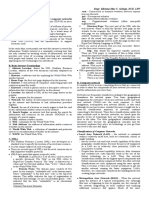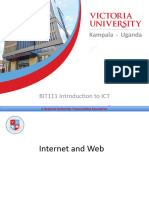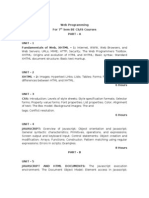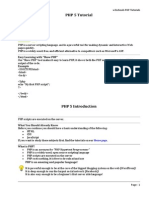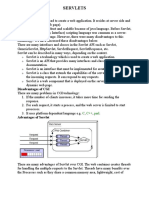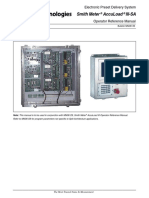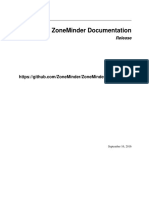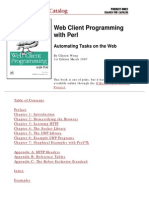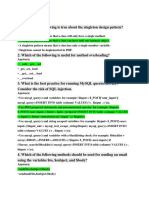0% found this document useful (0 votes)
43 views15 pagesInternet
The document outlines the architecture of cyberspace, likening it to a global city that requires physical infrastructure, an internet backbone, and protocols for communication. It details the foundational components such as network cables, data centers, and various protocols like TCP/IP and HTTP/HTTPS that facilitate data exchange. Additionally, it discusses the internet's functionality, the World Wide Web's role, and the advantages and drawbacks of internet usage.
Uploaded by
chinmaygiri200Copyright
© © All Rights Reserved
We take content rights seriously. If you suspect this is your content, claim it here.
Available Formats
Download as PDF, TXT or read online on Scribd
0% found this document useful (0 votes)
43 views15 pagesInternet
The document outlines the architecture of cyberspace, likening it to a global city that requires physical infrastructure, an internet backbone, and protocols for communication. It details the foundational components such as network cables, data centers, and various protocols like TCP/IP and HTTP/HTTPS that facilitate data exchange. Additionally, it discusses the internet's functionality, the World Wide Web's role, and the advantages and drawbacks of internet usage.
Uploaded by
chinmaygiri200Copyright
© © All Rights Reserved
We take content rights seriously. If you suspect this is your content, claim it here.
Available Formats
Download as PDF, TXT or read online on Scribd
/ 15

































